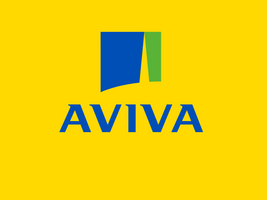Title Page
-
Conducted on
-
Prepared by
-
Location
General Guidance
-
Require all staff, vendors, visitors, customers, and riders to maintain 6 feet of physical distance from individuals who are not part of their household group whenever possible.
-
Require all staff, vendors, visitors, customers, and riders to wear a face covering where physical distancing is difficult to maintain, per CDC recommendations and pertinent Executive Orders from the Office of the Governor.
-
The number of individuals that can gather in a shared space (e.g., a field office) must not exceed the limit established by the Governor’s Executive Order.<br><br>• Maintaining physical distancing of 6 feet and wearing face coverings are the primary tools to avoid transmission of respiratory droplets between individuals. If an indoor space cannot accommodate the gathering limit without complying with the six-foot distancing requirement, attendance must be limited to allow for such compliance.
Operations
-
Reduce size of work crews. Teams should reduce the number of people in each work crew to the minimum number of people possible to perform the task safely.
-
Minimize interaction between work teams. Strategies include staggered shifts, compressed work weeks where different teams work different days, and maximizing geographic distance between different teams working on the same project.
-
Avoid contact with visitors. Visitors outside the typical work crew should avoid interaction with the team. Should an inspector or materials delivery need to enter the work site, they should alert the work team so that the work team can vacate the site during the presence of visitors.
-
Construction teams should make every effort to limit activities that cannot be performed within 6 feet of distance between workers. In those circumstances, supplemental PPE such as face shields or respirators may be appropriate.
-
Office work should be done remotely, whenever possible. Office functions associated with a project (e.g. accounting or records) should be done from home to the maximum extent practicable.
-
Use online technology or phone for office meetings and consultations to reduce the need for in-person meetings.
-
Construction workers should avoid congregating during lunch or other breaks.
-
Clean all light and heavy-duty equipment with common touch surfaces before and after operation using EPA approved disinfectants discussed above. These surfaces include door handles, grab bars, instrument panels, gear shifts, and steering wheels.
-
Construction employees should wear all standard worksite personal protective equipment (PPE), especially eye protection and gloves, as well as other standard safety equipment (e.g. reflective vests or jackets). Occupational facemasks should be limited to specific activities for which they are typically required. Face coverings can be used for activities where a facemask is not required. PPE should not be shared between members of a work team.
-
Close proximity increases risk of transmission through respiratory droplets. Encourage employees to travel separately to and from, and within, worksites to the extent possible. If individuals must travel together, avoid using the recirculated air option for the car’s ventilation during travel; use the vehicle’s vents to bring in fresh outside air and/or lower the vehicle windows.
Sign Off
-
Name and Signature

















